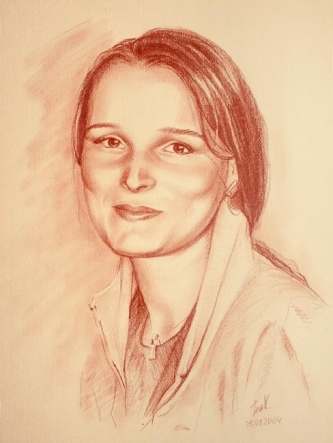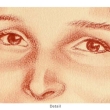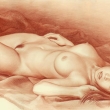SEPIA, SANGUINE
- Add feedback:
- Manufacturer: Tenk Konstantin
-
- Technique: sepia, sanguine
Different theme images made in the technique of sepia, sanguine.
Sepia is a dark brown-grey color, named after the rich brown pigment derived from the ink sac of the common cuttlefish Sepia.
The word sepia is the Latinized form of the Greek σηπία, sēpía, cuttlefish.
In the last quarter of the 18th century, Professor Jacob Seydelmann of Dresden developed a process to extract and produce a more concentrated form for use in watercolors and oil paints.
Sanguine refers to a reddish, often tending to brown, color of chalk used in drawing. The word may also refer to a drawing done in sanguine.
Sanguine lends itself naturally to sketches, life drawings, and rustic scenes. It is ideal for rendering modeling and volume. In the form of wood-cased pencils or manufactured sticks, sanguine may be used similarly to charcoal or pastel. As with pastel, a mid-toned paper may be put to good use. A fixative is often applied to preserve the finished state of the drawing.









